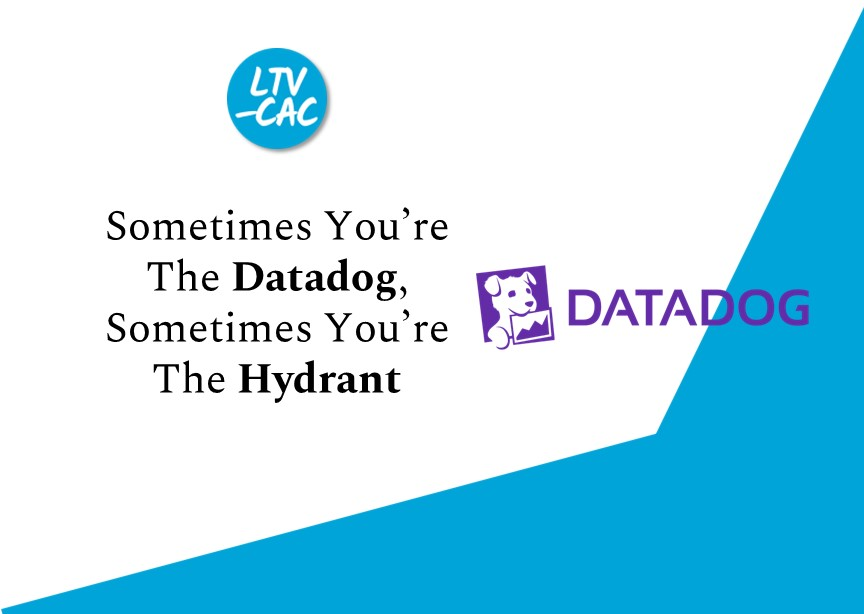
🔒 This is a free preview of a members-only post!
When the media covers companies created by technology, names like Apple, Uber and Slack come up. But what usually doesn't get covered is that behind a new generation of SaaS and social apps is a new generation of infrastructure tools and services that support them. You may not know what they do, but companies like Elastic, Fastly and Crowdstrike are just as important to the tech ecosystem as the ones you interact with every day.
We saw the same pattern in the growth of the industrial economy.
Consider the chicken breast on your plate for dinner at night. In order to get the chicken from egg to oven, an entire supply chain had to be created. Feed production, feed storage, chicken production, transportation, cold storage, cooking, packaging, retailing and disposal — there are billion dollar companies at each step.
The information economy works in the same way. In service of producing and maintaining software applications, billion dollar companies have been built to:
- Accept online payments
- Secure data
- Help engineers debug code
- Enable users to login across applications
- Load images and videos faster
- Digitally collaborate
- Manage devices remotely
And many others. Though few of these touch the end consumer, they are big business. And Datadog is one of these software infrastructure companies.
Specifically, Datadog monitors technology infrastructure and is used to prevent and react to technology outages or failures. If a user sees an error message or can’t use your software, that’s a huge problem. It needs to be solved quickly and efficiently: find the bug, make the change, and ship it across the system. Datadog helps companies do that.
Datadog built software that tracks and monitors metrics, logs and traces for a system. Metrics are a numerical representation of data over a time period. An example might be the response time of a webpage. Logs are records of discrete events. Metrics can be made up of logs, but log data is more granular. It’s used for more detailed debugging. Traces are a series of events that are causally related and make up the end-to-end flow of a request through a system. It’s the path from when a user does something (like click play on a video or message their friend) and how that action moves throughout the technology stack.
Once Datadog collects all this data, they display it in a consolidated dashboard; a single pane of glass, if you will. It’s easy for everyone to see how the system is performing -- from developers to business analysts and everyone in the middle. Their product integrates across hundreds of different data sources, alerts users anytime a metric is outside the normal range, and makes it easy to identify the root cause when a problem surfaces.
You might be thinking, hasn’t this always existed? Datadog was founded in 2010 and launched their first product in 2012. Yet, we’ve been building software for decades. Why have they done so well?
There are two reasons: market and product.
The Only Subscription
You Need to
Stay at the
Edge of AI
The essential toolkit for those shaping the future
"This might be the best value you
can get from an AI subscription."
- Jay S.
Join 100,000+ leaders, builders, and innovators

Email address
Already have an account? Sign in
What is included in a subscription?
Daily insights from AI pioneers + early access to powerful AI tools











Comments
Don't have an account? Sign up!